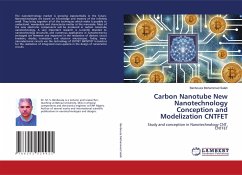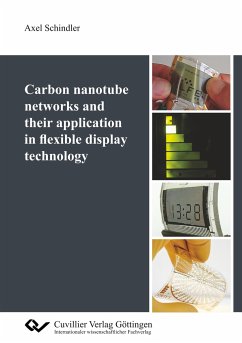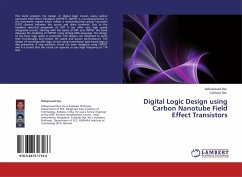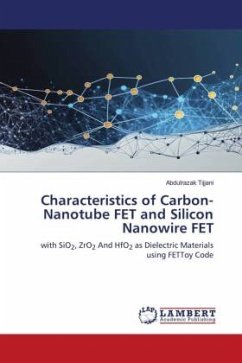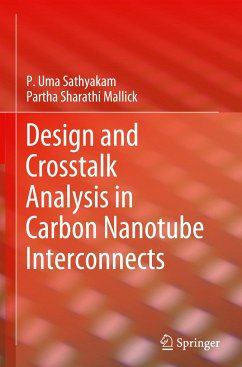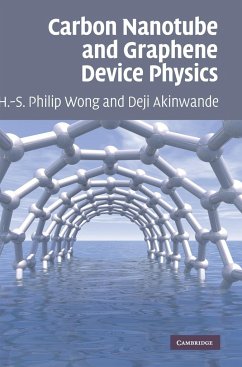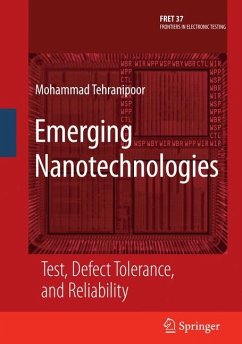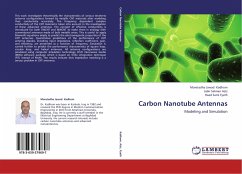
Carbon Nanotube Antennas
Modeling and Simulation
Versandkostenfrei!
Versandfertig in 6-10 Tagen
37,99 €
inkl. MwSt.

PAYBACK Punkte
19 °P sammeln!
This work investigates theoretically the characteristics of various terahertz antenna configurations formed by metallic CNT materials after modeling their conductivity accurately. The frequency dependent complex conductivity of the CNT material is taken into account in the investigation of these advanced antennas. The concept of effective conductivity is introduced for both SWCNT and MWCNT to make them in analogy with conventional antennas made of bulk metallic wires. This is useful to apply Maxwell's equations simply to predict the electromagnetic properties of the CNT antennas. Quantitative ...
This work investigates theoretically the characteristics of various terahertz antenna configurations formed by metallic CNT materials after modeling their conductivity accurately. The frequency dependent complex conductivity of the CNT material is taken into account in the investigation of these advanced antennas. The concept of effective conductivity is introduced for both SWCNT and MWCNT to make them in analogy with conventional antennas made of bulk metallic wires. This is useful to apply Maxwell's equations simply to predict the electromagnetic properties of the CNT antennas. Quantitative predictions of the performance of CNT antenna dipoles, including input impedance, reflection coefficient, gain, and efficiency, are presented as a function of frequency. Simulation is carried further to predict the performance characteristics of square loop, circular loop, and helical antennas. All antenna configurations are simulated using computer simulation technology (CST) microwave studio (MWs) software package which is based on finite integration technique (FIT) instead of MoM. The results indicate that impedance matching is a serious problem in CNT antennas.






